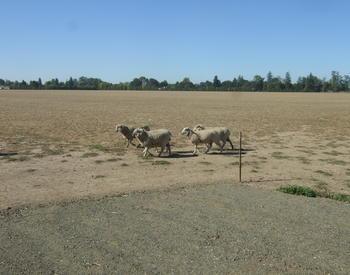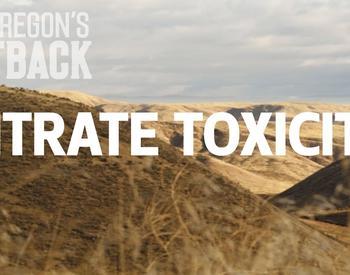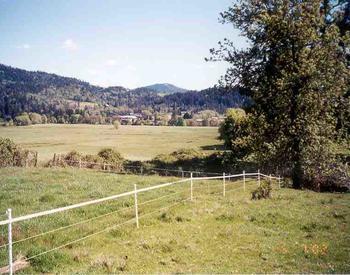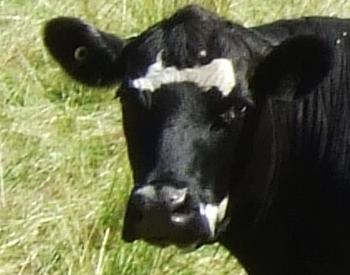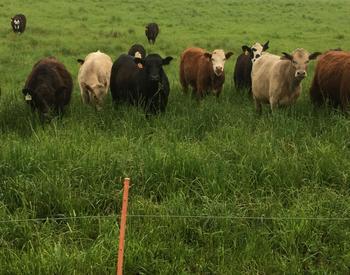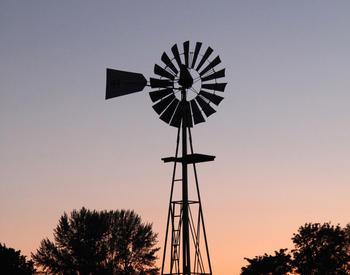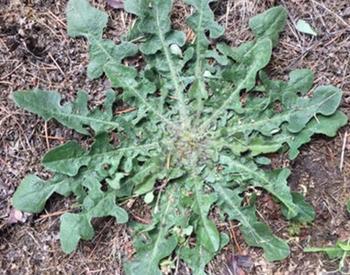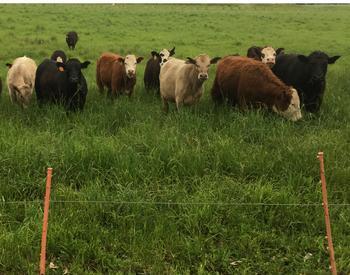Nutritional value of pasture forages – grasses and legumes – changes rapidly through the growing season.
When harvested for hay, the value can be determined by sampling the hay and sending it off to a certified laboratory. How to test hay for nutrient content, Get Actionable Results from a Soil, Plant or Environmental Testing Lab, and Understanding Your Forage Test Results have details on testing hay. Another helpful resource is Western Oregon Hay.
You can also sample pastures for lab analysis but the assessment changes over time so you will need to sample and test several times a year. See Pasture and Grazing Management in the Northwest (p. 114) for instructions on how to sample pastures.
You can also visually assess the maturity of the grasses and legumes to estimate the nutritional value. Combining the two, testing and visually assessment, is a good practice so you get accustom to estimating the nutritive value of your specific pastures.
Young, fast-growing grass is in the vegetative stage and has very high nutritional value. As plants mature they become more fibrous (acid and neutral detergent fibers, ADF and NDF, respectively), and less protein (crude protein, CP) and energy (total digestible nutrients, TDN). Once they are fully mature the forage is in reproductive stage – seed heads milky, dough-like, or hard seed – and the value is relatively low. In between these two stages is the transition phase (boot stage) where the developing seed head swells and can be felt within the stems. See Table 1 for grass morphology and nutritional value.
| Maturity | CP | ADF | NDF | TDN |
|---|---|---|---|---|
| Veg-Boot | >18 | <33 | <55 | >63 |
| Boot-Early head | 13-18 | 34-38 | 55-60 | 59-62 |
| Head-Milk | 8-12 | 39-41 | 61-65 | 57-58 |
| Dough | <8 | >41 | >65 | <56 |
Young legumes – alfalfa and clovers – have higher nutritional value than mature legumes. Flowering characteristics are used to describe the morphology of the plant. Buds are the youngest. First flower, mid-bloom, full-bloom and then post bloom are the stages on which to key in on. Table 2 has the values for alfalfa hay and can be used as a guideline for other legumes (clovers).
| Maturity | CP | ADF | NDF | TDN |
|---|---|---|---|---|
| Bud-First flower | >19 | <31 | <40 | >65 |
| First flower-mid bloom | 17-19 | 31-35 | 40-46 | 61-64 |
| Mid-full bloom | 13-16 | 36-41 | 46-51 | 57-60 |
| Post bloom | <13 | >41 | >51 | <56 |
